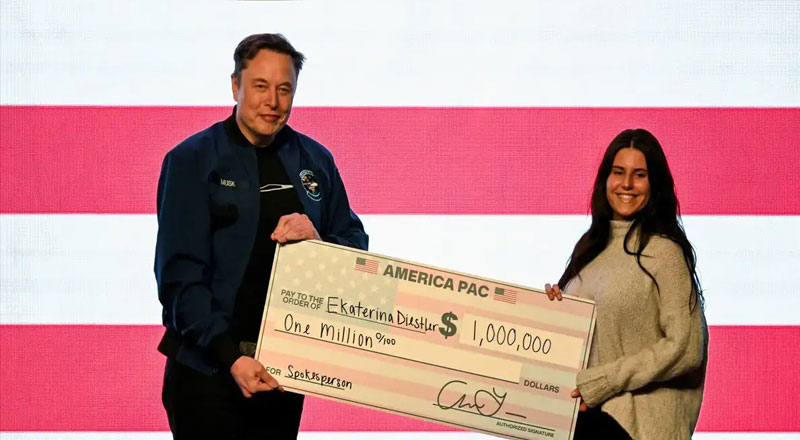- Japan started releasing treated radioactive water from the wrecked Fukushima nuclear power plant into the Pacific Ocean.
- China to announce an immediate blanket ban on all aquatic products from Japan.
- The Japanese government signed off on the plan two years ago and it was given a green light by the U.N. nuclear watchdog last month.
- Japan exported about $600 million worth of aquatic products to China in 2022, making it the biggest market for Japanese exports.
- China criticizes action as ‘selfish and irresponsible’
- Japan and IAEA say radioactivity levels are well below safe levels
- Ongoing releases of tainted water expected to take decades
- Protests erupt around Hong Kong, South Korea against it.
Japan started releasing treated radioactive water from the wrecked Fukushima nuclear power plant into the Pacific Ocean, a polarizing move that prompted China to announce an immediate blanket ban on all aquatic products from Japan.
The Japanese government signed off on the plan two years ago and it was given a green light by the U.N. nuclear watchdog last month. The discharge is a key step in decommissioning the Fukushima Daiichi plant after it was destroyed by a tsunami in 2011.
However, China reiterated its firm opposition to the plan and said the Japanese government had not proved that the water discharged would be safe. Tokyo has in turn criticized China for spreading “scientifically unfounded claims.” Japan has requested that China immediately lift its import ban on aquatic products and seeks a discussion on the impact of the water release based on science, Prime Minister Fumio Kishida told reporters.
Japan exported about $600 million worth of aquatic products to China in 2022, making it the biggest market for Japanese exports, with Hong Kong second. Sales to China and Hong Kong accounted for 42% of all Japanese aquatic exports in 2022, according to government data.
The Fukushima Daiichi plant was destroyed in March 2011 after a massive 9.0 magnitude earthquake generated powerful tsunami waves causing meltdowns in three reactors. The first discharge totalling 7,800 cubic meters – the equivalent of about three Olympic swimming pools of water – will take place over about 17 days.
Japanese fishing groups, hit with years of reputational damage from radiation fears, oppose the plan. “All we want is to be able to continue fishing,” the head of the Japan Fisheries Co-operative said in a statement that touched on the “mounting anxiety” of the community.
Separately from China, Hong Kong and Macau have announced their own ban, which covers Japanese seafood imports from 10 regions. South Korean Prime Minister Han Duck-soo said import bans on Fukushima fisheries and food products will stay in place until public concerns are eased. Japan will conduct monitoring around the water release area and publish results weekly starting on Sunday, Japan’s environment minister said. The release is estimated to take about 30 years.
In Hong Kong, Jacay Shum, a 73-year-old activist, held up a picture portraying IAEA head Rafael Grossi as the devil. South Korean police arrested at least 16 protesters who entered the Japanese embassy in Seoul, although South Korea’s government has said its own assessment found no problems with the scientific and technical aspects of the release. North Korea’s foreign ministry demanded that the water discharge be immediately halted, calling it a “crime against humanity”, state media reported. A few dozen protesters gathered in front of Tepco’s headquarters in Tokyo holding signs reading “Don’t throw contaminated water into the sea!”
“The Fukushima nuclear disaster is not over. This time only around 1% of the water will be released,” 71-year-old Jun Iizuka, who attended the protest, told the news agency. “From now on, we will keep fighting for a long time to stop the long-term discharge of contaminated water.”
(With inputs from agencies)





